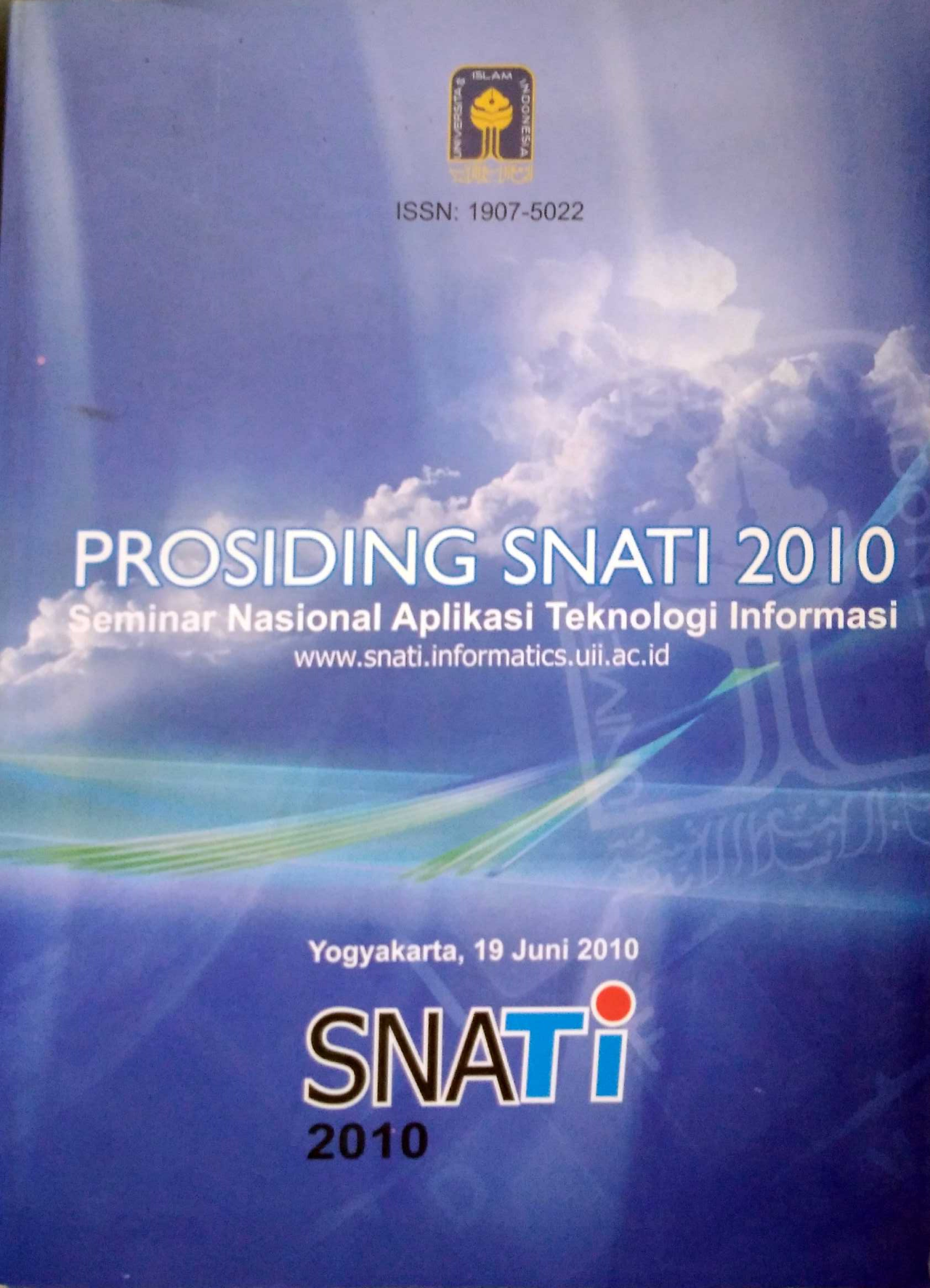Main Article Content
Abstract
Shape recognition is important in digitizing information era. It enables computer system to recognize some
shapes. The shape could be a picture or a handwriting letter. There are many methods can be applied to do so.
This paper presents on how n-tuple method and fuzzy logic sistems can also be implemented.
The shapes can be recognized by the system are limited to capital letter from A to E, and some plane geometries
such as square, circle, triangle, hexagon, and rhomboid. The image input is a binary image and processed
through n-tuple method. Tsukamoto method is used for fuzzy inferencing. The inputs in this fuzzy system are
taken from the output of n-tuple method.
During the experiments, the system had been trained by 10 data samples for each shape, and then tested by 20
data for each shapes. From the experiments, capital letter ‘E’ can be recognized 100% correctly. On the other
hand, the least correctly recognized is shape hexagon which is only 60%.
Keywords : Shape Recognition, N-tuple Method, Fuzzy Logic
shapes. The shape could be a picture or a handwriting letter. There are many methods can be applied to do so.
This paper presents on how n-tuple method and fuzzy logic sistems can also be implemented.
The shapes can be recognized by the system are limited to capital letter from A to E, and some plane geometries
such as square, circle, triangle, hexagon, and rhomboid. The image input is a binary image and processed
through n-tuple method. Tsukamoto method is used for fuzzy inferencing. The inputs in this fuzzy system are
taken from the output of n-tuple method.
During the experiments, the system had been trained by 10 data samples for each shape, and then tested by 20
data for each shapes. From the experiments, capital letter ‘E’ can be recognized 100% correctly. On the other
hand, the least correctly recognized is shape hexagon which is only 60%.
Keywords : Shape Recognition, N-tuple Method, Fuzzy Logic
